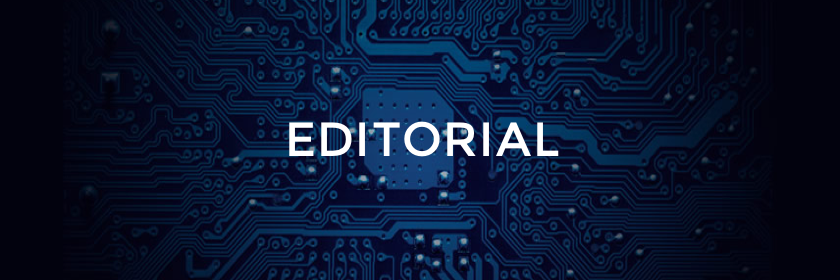Volume 22, Issue 1 Editorial

Winter 2023
Early in May, 2022, the editor suggested that we have an issue on current conflicts, especially in the Ukraine and in the South China Sea. This special issue should be published in January 2023 to ensure the material was about a current situation. This is not much time normally from concept to full paper, but a number of potential authors were approached. Some could make the deadline; some could not. The end results were the papers in this edition. It was quite a challenge to produce an academic level paper about a current and dynamic situation without slipping into commentary and journalistic style. The papers that are in this edition are mostly about the situation in Ukraine, as this was the situation that was most dynamic in the later part of 2022. So, the idea was to provide the discipline of Information Warfare (IW) and its spin offs in real time—to make it realistic to the practice of real IW activity.
The nature of war is changing with non-kinetic warfare increasing in importance: psychological operations and electronic warfare seem complementary to Information Warfare, Cyberwarfare, and Cognitive Warfare. The terms and practice often merge and the difference between each can be explain theoretically but, in practice, they seem to merge. Information Warfare and Cyberwarfare seem difficult to separate on occasions, but the most interesting development is in Cognitive Warfare (CW), which is certainly tightly bound to IW. As there is so much commonality between the elements of non-kinetic warfare, so there is between the types of warfare now espoused—such as Hybrid and Unrestricted Warfare. Really what matters is the end product. IW does seem to be turning at the strategic level to something like ‘Political Warfare’ from the days of old. The most blatant difference between CW and IW is that IW attempts to produce an ordered perception of reality (albeit false), whilst CW attempts to cause confusion so that the concept of reality is in constant transition, thus leading to confusion and division in the target (and sometimes in the perpetrators!) so that data, sources, and information are just not believed at all.
The papers in this issue were ordered to have those with more general approaches first followed by the more specific; then the cyberwarfare papers were placed at the end.
The first paper by Crowley, Johnstone, and Murray considers the question that, in this fixed type of war, who is a combatant? Are civilians using drones in a combat zone covered by the laws of war? In the melee of the Ukraine, who is a combatant and who is not? Who is protected by International Conventions? This is a legalistic paper of interest to all in this evolving perception of war.
The second paper by van Niekerk describes the evolution of the use of IW in the Ukrainian conflict from 2014 but he also stretched further back and also into the future to discuss the consequences for IW.
The third paper by Briggs looks at the deployment of the traditional Maskirovka and mis/disinformation by the Russians. He describes the techniques used and how this phenomenon fits into the ‘new’ concept of warfare.
Clarke et al. present the first paper regarding the China issue. It covers the evolution of cyber operations in the context of competing political/economic philosophies between China and the ASEAN countries.
The fifth paper by Lehto gives some very interesting examples of attacks in 2022 and before. He encourages the use of cyber operations with the other uses of softer techniques, such as IW. Again, where does one start and one begin? This is an interesting paper.
The sixth paper by Omrod, Omrod, and Slay examines cyber operations in the Russo-Ukrainian conflict in terms of Hybrid Warfare and reminds the reader that lessons learned cannot always be applicable in other contexts. The environment at hand should be vigorously examined before strategies and tactics are implemented.
The final paper by Warren, Štitilis, and Laurinaitis examines the impact of Russian hackers on the conflict with Ukraine. Many examples and lessons learned from them are provided.
The JIW team hopes you enjoy this innovative special issue and that you learn from the seven papers presented.
W Hutchinson
Assistant Editor
AUTHORS

Security Research Institute Edith Cowan University
Perth, Australia.
Professor Bill Hutchinson was Foundation IBM Chair in Information Security at Edith Cowan University in Western Australia. He was Director of SECAU (Security Research Centre) and was coordinator of the Information Operations and Security programmes. From 2000 to 2010, he was the Chief Editor and founder of the Journal of Information Warfare.
Published In
Keywords
Journal of Information Warfare
The definitive publication for the best and latest research and analysis on information warfare, information operations, and cyber crime. Available in traditional hard copy or online.
Quick Links
Archive

